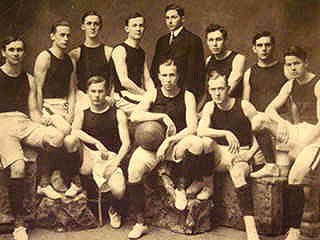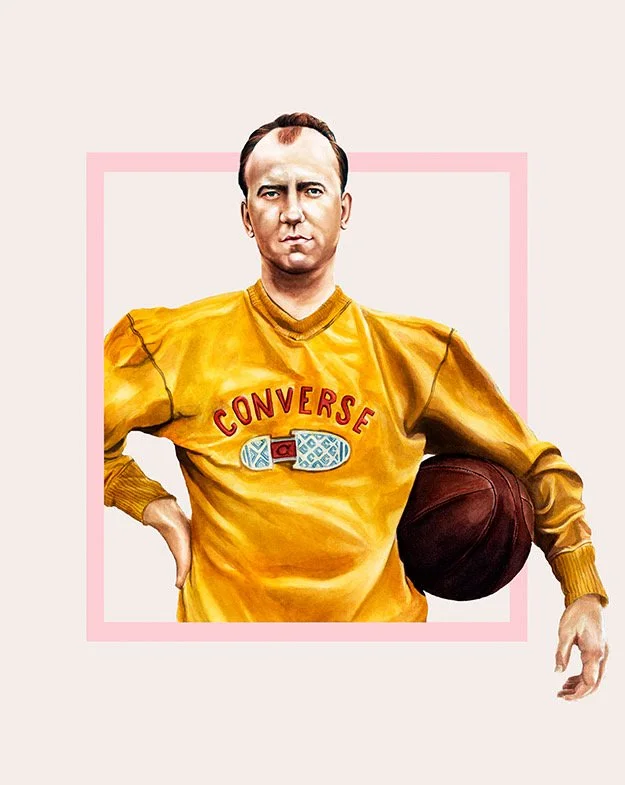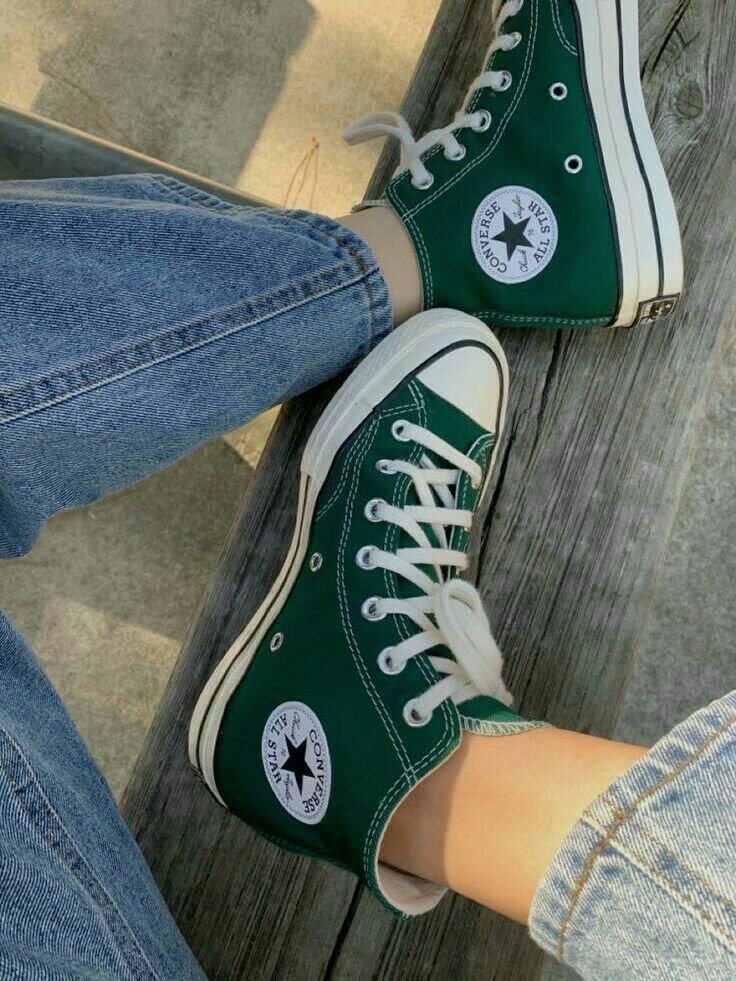Everything you need to know about Converse
Shoes, particularly sneakers, don’t necessarily have long and enduring trend cycles. They tend to quickly rise to a short-lived, albeit sweeping, fame and then get tucked away in our closest or sold on Depop. Essentially, sneakers can easily be forgotten. So how have Converse maintained their ever-so-lasting popularity and wardrobe-staple appeal with such endurance?
The consistency of converse lies in the golden rule(s) of versatility and longevity. You could be attending a birthday party, going on a holiday, or walking your dog on a sunday afternoon, and converse will be the first pair of shoes you grab off your shoe rack. Their undeniable versatility eases stress for those, like me, who take forever to put together an outfit they feel semi-presentable in.
But that’s not all. The weightless and comfortable shoes live a long life, and their owners truly get their money’s worth. Maybe it has something to do with that seemingly invincible rubber sole or the fact that Converse look just as good when they’re rugged and unpolished as they do when they’re new and pristine. For a lucky few, Converse will outlive shoe size changes we experience as kids. Dare I say these shoes are perfect for those of us inclined to sentimentality?
In fact, many of us can say that Converse has been a generational wardrobe staple. Before I got my first pair, I saw my dad sporting his very own red high-tops. So on top of there being a pair of Chuck Taylors for virtually every occasion, these effortlessly iconic sneakers bring “coolness” to outfits that every age group feels drawn to. As Vogue writer, Willow Lindley writes, “It’s why we always stash an emergency pair in trunks for any shoot for Vogue.”
Are you as curious as I am? How did this shoe rise to stardom, and who is Chuck Taylor?
1917 marks the year that the Converse Chuck Taylor All-Star made its debut. The Converse Rubber Company, though, was founded in 1908 by Marquis Mills Converse in Massachusetts. In its early years, the company made anything one could make out of rubber- duck-hunting boots, car tires, tennis shoes, and only later, basketball shoes.
Roughly 30 years prior, and less than 100 miles from Converse’s headquarters, basketball was being extremely popular on the East Coast. And although I can’t say that the All-Star Converse was the first sneaker that dominated basketball athleisure, it quickly gained dominance in the market after gaining a specific edge over its competitors. The heel patch, which was placed on the inner, supposedly was designed to protect the ankles of players.
Now on to its name. If Marquis Mills Converse was the founder of the Converse Rubber Company, then who is Chuck Taylor? During the early years of basketball, brands would start their own teams and send them around the country to advertise their wares- kind of like a marketing tool in the form of sports teams.
Converse’s team was run by Mr. Charles “Chuck” Taylor, hired as a coach and salesman. Word has it that whenever a coach or a player was asked who taught them to play basketball, the answer would always be ‘Chuck Taylor.’ In 1934, the words “Chuck Taylor” were added to the shoe’s heel patch. Check your pair today, and the name will still be there.
Although Chuck Taylor can’t be credited for any of the shoes’ designs, nor did he contribute to any modifications, improvements were nonetheless made throughout the years. The first decade and a half of the All-Stars were filled with design tweaks and tinkers- from different canvas weights to adding tiny grooves around the outsole.
Despite the changes to the shoe’s design, concerns began surfacing about its practicality in terms of safety for athletes. These suspicions didn’t matter for Converse’s off-court rise to supreme popularity. With the introduction of the low-top silhouette, the shoe was embraced and adored by a non-sporting audience. With impeccable grace, the brand transitioned from being a basketball shoe into the perfect lifestyle shoe.
In 1971, following the introduction of its coloured canvases, the brand began to embody self-expression and individualism. Counter-culture representation led it to become the preferred brand for punks in the 70s, metalheads in the 80s, and the grunge scene in the 90s. Converse was viewed as a brand that takes a distinctly anti-consumerist stance by maintaining its relatively low price.
Today, Converse remains as popular as ever. No matter where you’re going, there will be a pair of Chuck Taylors fit for the occasion. Whether you like to blend in with the crowd and keep your shoes neutral, or whether you seek to embrace your inner boldness and sport a crazy pattern, Converse will have the shoes for you.





